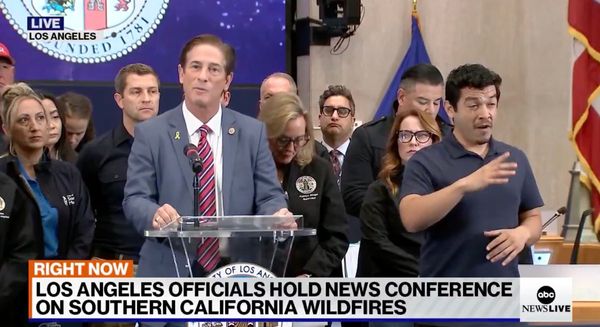
Rents have crossed a significant threshold.
Only 16% of places available to rent nationwide in April could be had for $400 a week, down from 30% a year ago, according to new analysis by PropTrack. In the capital cities, the decline is even more acute: from 36% to 12%.
Nota bene: $400 is the advertised price. As mentioned in these pages recently, rents paid for a newly leased property can be higher than the advertised price as renters “bid up” by offering more money to secure the property.
The $400-a-week threshold is significant. The JobSeeker payment is $693.10 a fortnight. The aged pension is $971.50 a fortnight. If there are not market rentals at less than $400 a week more recipients will be in financial stress, even with the modest additional payment of Commonwealth rent assistance (a maximum of $78.60 a week).
High rents create poverty and homelessness. They also cause the Reserve Bank (RBA) to leave interest rates higher than they would otherwise be.
Rising rents are set to be the nation’s biggest source of inflation before long — the final dragon the RBA needs to slay. Why? Rents contribute to the CPI with a lag. The Bureau of Statistics measures rents actually paid, and that is quite different from advertised rents, because some people locked in their rent a year ago or indeed possibly several years ago.
Advertised rents are through the roof with double-digit growth. But rents paid are still only creeping up at 4.9% a year. Over time though, tenants move and the stock of rental homes is leased at the new higher market price. Instead of a sharp spike in measured rent inflation, we get a slow burn. Our inflation may not have peaked like the US but it is likely to drag on longer. That’s certainly what the RBA predicts, with forecasts of inflation still above 3% in mid-2024.
What can you get for $400?
The first time I paid rent was in a sharehouse in 2005. We got a four-bedroom house in a nice suburb of Canberra for $440 a week or so. Each housemate was on the hook for about $110 a week; one a little more because she had an ensuite; one a little less because his room was tiny.
Since then, rents have risen everywhere. But as the next chart shows, not in the way you might expect. Rents rose very quickly between 2006 and 2012, but between 2014 and 2020 flatlined in many places. (Hobart the notable riser, Perth and Darwin saw big falls.) In total, rents have not quite doubled since 2005 nationwide.
While Canberra has seen strong rent inflation, I just checked and you can rent a four-bedroom house in the same street of Canberra for only about 50% more than what we paid some 18 years ago. Perhaps that’s one where the agent is expecting prospective tenants to bid it up!
Why didn’t rents rise relentlessly?
All those cranes on the skyline in Australia’s biggest cities meant we built a decent number of houses throughout the period. Between 2015 and 2018 Australia built a lot of houses but also a lot of apartments. That kept the rental market in check, and the surge really only ended with the 2017-18 house price correction.
Now the situation is different, with a paucity of new apartments being started over the past 18 months, thanks to rising interest rates and falling home prices. That means few new apartment towers for international students and other migrants to move into as they arrive.
Advertised rents are skyrocketing because of very low rental vacancies.
People are arriving in Australia in numbers. Just focusing on permanent migrants misses the impact on the rental market. The 100,000 people who showed up in February declared themselves long-term visitors (mostly international students; far more than the 12,000 or so who are arriving as permanent migrants). The long-term visitors’ category spikes twice a year, in February and August, as classes start.
We might get a bit of breathing space in the rental market until August, with a lull in rises in advertised prices. There might still be a few places for $400 or less. But in August, expect a $400 rental to become almost a myth.







